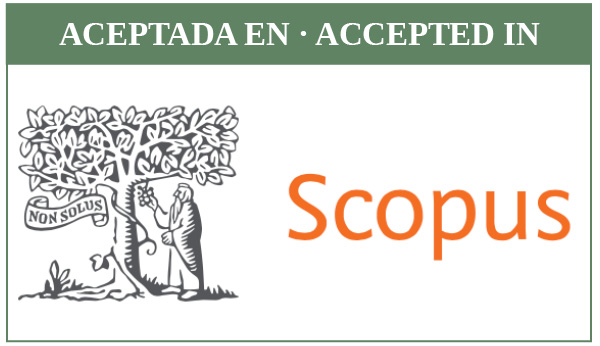El año que viene en Tánger: the literary city of Ramón Buenaventura
DOI:
https://doi.org/10.30827/meaharabe.v71.21478Keywords:
Tangier, exile, identity, literature, memory, cosmopolitanismAbstract
The objective of this paper is to show the literary map of Tangier in the novel El año que viene en Tánger of the tangerine writer Ramón Buenaventura (1940) to analyze how his work is built apparently around two axes: memory and sex, her once, they come together in a single idea, Tangier. Following the studies around the exile of comparatist Claudio Guillén and from a hermeneutical methodological perspective, we intend to present the recovery -or loss- of the author's identity through language in his literature, an identity that starts from the deep uprooting that Buenaventura suffers when, in 1958, he felt expelled from paradise. The foregoing leads us to conclude that it is through the literary language held in memory that Ramón Buenaventura manages to configure his hometown, Tangier, which has nothing to do with the mythical image projected in last years.
Downloads
References
BUENAVENTURA, Ramón. El año que viene en Tánger. Versión digitalizada por el autor en su blog titulado Librillo de Ramón Buenaventura. Ocurrencias y blablás diversos. https://rbuenaventura.wordpress.com/obras-de-ramon- buenaventura/ [consultado el 10 de marzo de 2021]
—. “De Tánger a Tánger”. Instituto Severo Ochoa de Tánger, 1995. En Librillo de Ramón Buenaventura. http://www.rbuenaventura.com/Entre01.htm [con- sultado el 10 de marzo de 2021]
BUENAVENTURA, Ramón. Tal vez vivir. Antología poética. Edición, selección y prólogo de Isabel GIMÉNEZ CARO. Almería: Editorial UAL, 2019.
—. NWTY. Madrid: Alianza Editorial, 2013.
ECHEVARRÍA, Ignacio. Los libros esenciales de la literatura en español: na- rrativa de 1950 a nuestros días. Barcelona: Lunwerg, 2011.
GUELBENZU, José María. “Ramón Buenaventura. El año que viene en Tánger”. Revista de Libros, 24 (1998), pp. 1-2. https://www.revistadelibros.com/articu los/ramon-buenaventurael-ano-que-viene-en-tanger [consultado el 15 de marzo de 2021]
GUILLÉN, Claudio. Múltiples moradas. Barcelona: Tusquets Editores, 1998.
JEBROUNI, Randa. La letra y la ciudad: su trama en Tánger. Granada: Alhulia, Ensayos saharianos, 2020.
LEYRA. “Internet no es más que el reflejo de la vida” (entrevista a Ramón Bue- naventura en línea). http://www.rbuenaventura.com/Entre01.htm [consultado el 10 de marzo de 2021]
ROJAS-MARCOS, Rocío. Tánger, segunda patria: una ciudad imprescindible en la historia y la literatura española. Córdoba: Almuzara, 2018.
SORIA, Andrés. “Espacio y memoria en Tánger. Unas notas”. En José Joaquín PARRA BAÑÓN (ed.) Lugares ¿qué lugares? Italia: Edizioni Ca’foscari, 2020, pp.77-92.
VÁZQUEZ, Ángel. La vida perra de Juanita Narboni. Ed. Virginia Trueba. Ma- drid: Cátedra, 2011.
Downloads
Published
How to Cite
Issue
Section
License
The authors publishing their work in this journal agree to the following terms and conditions:
1. The authors retain the copyright and give the journal the right to be the first publication of the work and also to be licensee under a Creative Commons Attribution License which allows others to share the work, provided the author of the work and the initial publication in this journal are acknowledged.
2. Authors may make additional agreements separately for the non-exclusive distribution of the version of the work published in the journal (for example, putting it in an institutional repository or publishing it in a book), with acknowledgement of its initial publication in this journal.
3. Authors are allowed and encouraged to electronically disseminate (for example, in institutional repositories or on their own web page) the published version of their works (publisher's post-print version) or, if not possible, the author's reviewed and accepted post-print version. This is to facilitate productive exchanges, and allow for earlier and greater citation by third parties of the published works (See The Effect of Open Access).
4. The journal accepts no responsibility for the opinions expressed by the authors.















